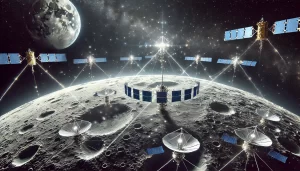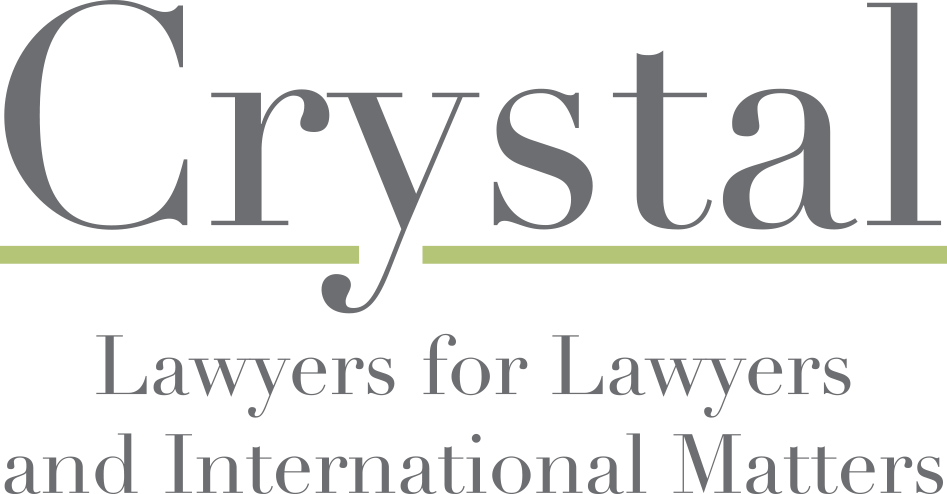
The rapid progress in lunar exploration by both governments and private enterprises has sparked a “new Moon race.” Lunar missions will increasingly rely on satellites to support essential functions like communication, navigation, and reconnaissance. The establishment of permanent lunar settlements will further drive demand for these satellites.
International and domestic legal frameworks remain inadequate for non-Earth orbiting satellites, including lunar satellites, raising concerns about potential conflicts, harmful interference, intellectual property issues, and space debris.
The Outer Space Treaty (OST) establishes foundational principles for space activities but lacks specific guidelines for operations such as managing and using lunar satellites. In particular, the OST and other existing treaties provide general principles that need refinement to address lunar activities directly. Without updated regulations, private entities face uncertainty regarding their rights, particularly in resource management and satellite operations in lunar orbits.
Furthermore, the international framework for assigning radio frequencies—crucial for satellite functionality—concentrates on Earth’s orbits. The International Telecommunication Union (ITU) oversees frequency allocation. While the ITU’s recent conferences have focused on initial discussions regarding lunar frequencies, including identifying potential frequency bands for lunar communication, assessing interference risks, and exploring frameworks for coordination – has yet to adapt its protocols for non-Earth orbits.
Intellectual property protection is another area of concern. Since space activities require significant investment, companies need robust IP rights to secure financing. Neither the OST nor other space treaties adequately address this, and intellectual property treaties are typically territorial and not designed for extraterrestrial contexts. A more robust approach, potentially through a new protocol under the World Intellectual Property Organization (WIPO), could be essential to safeguard space IP and encourage investment.
Domestically, the U.S. has relatively developed regulations, but they remain Earth-centric. Current U.S. licensing frameworks for payloads, remote sensing, and radio frequencies do not explicitly extend to lunar satellites. This legal gap means companies may face inconsistent or ad hoc regulatory decisions. New licensing procedures specific to lunar satellites, or an overarching “mission authorization” process, could enhance clarity and ensure compliance with international obligations.
The author proposes Lunar Satellite Guidelines to mitigate risks and foster cooperation. These guidelines suggest voluntary adherence by lunar stakeholders and legislative adoption in as many countries as possible. By establishing these practices as best practices, the guidelines aim to reduce potential conflicts and support sustainable lunar development.
The author also recommends updating frequency regulations, addressing harmful interference, securing IP rights, and mandating planetary protection standards within future licensing processes to avoid lunar contamination and manage debris.
These Guidelines and other proposals could also extend to other celestial bodies, laying the groundwork for a collaborative, regulated expansion of human activities in space.
Giannoni-Crystal, Francesca. “Legal Issues for Lunar Orbiting Satellites and Suggested Solutions.” 47, J. Space L., 67 (2023).
https://airandspacelaw.olemiss.edu/wp-content/uploads/2024/06/JSL-47.1.pdf
